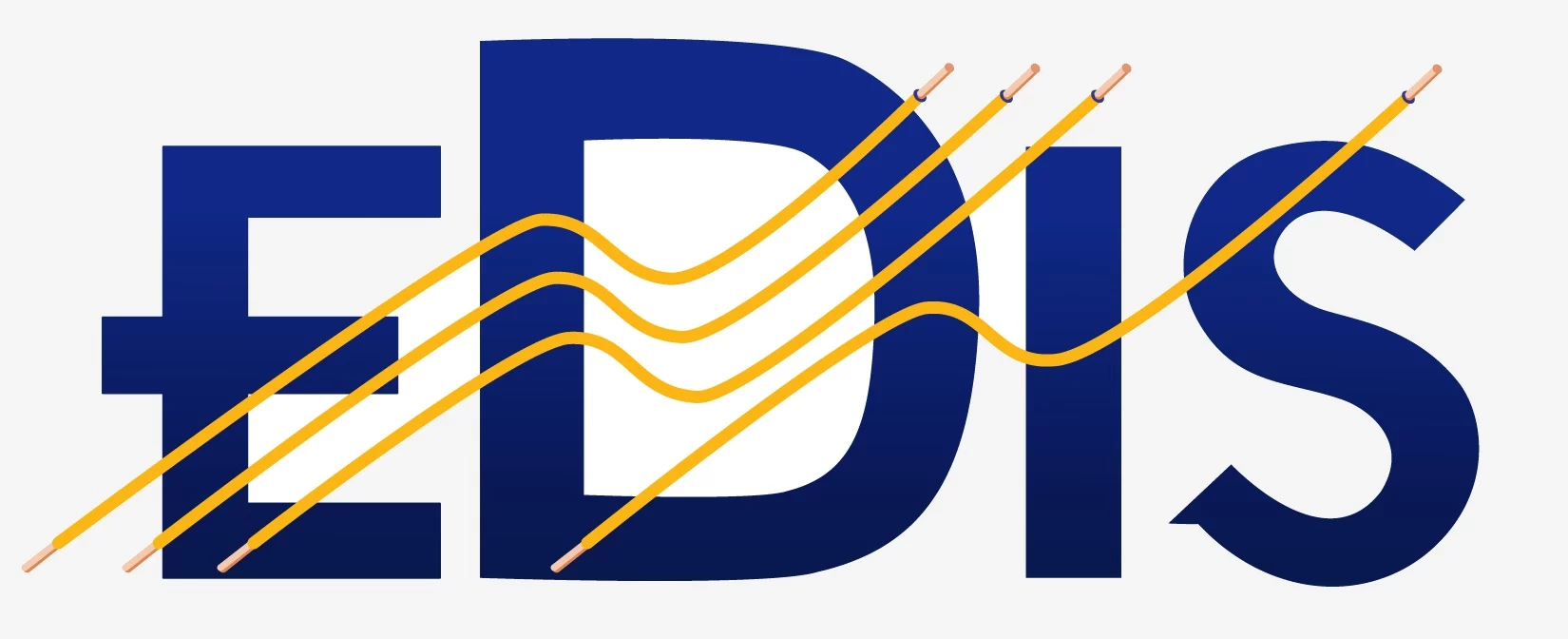
Managing OBSERVATIONS AND RECOMMENDATIONS in EDIS Process used by EDIS to manage Observations and Recommendations identified in the electrical inspection condition report
After reading this document you should be able to:
- Understand the process for updating Observations and Recommendations
- Update Observations and Recommendations
Managing Observations and Recommendations in EDIS – Summary process
Electrical Installation Condition Report
An important part Condition Report are the Observations and Recommendations: Recommendations made in the Condition Report need to be classified, coded and actioned to ensure the electrical system is safe. The Observations and Recommendations are added to the Condition Report and the risk for each item is classified. This often results in a non-Satisfactory Condition Report. In order to bring the building into a compliant state, the recommendations need to be addressed. Once the recommendations have assessed and carried out the building can be deemed compliant. Depending on the building manager’s preference the certificate may be re-issued as Satisfactory or the combination of the certificate and the completed recommendations can be used as proof of the compliance, i.e. the building can be deemed compliant.High level view of the process

Process steps for managing observations and recommendations

Capturing the Observation and Recommendation
Observations and Recommendations are identified and recorded during the inspection and testing process. They are captured in the Condition Report (EICR) and the New Installation Reports. The Observations and Recommendations can be captured as:- General Observations – Used to log observations and recommendations in the general area of the testing
- Distribution Board and Circuit Observations – Used to log observations and recommendations specific to a board and circuit
- Inspection schedule observations – These are based on a pre-defined list of items provided as a ‘tick sheet’; where the item on the tick sheet is not PASSED, the item becomes an Observation.
Creating Observations and Recommendations
Observations and Recommendations can only be created by the testing electrician via the certificate creation and editing process. After a certificate is created, Observations and Recommendations can be added to the certificate – as soon as an Observation and Recommendation is created in the certificate it is added to the Actions Required List – the full list of actions required is visible from the Actions Required menu option, where it can be filtered, sorted and downloaded to Excel.
Editing the Actions Required
Adding Observations and Recommendations
Observations and recommendations can only be added via the creation and editing of electrical certificates. The information added by the Electrician cannot be changed by anyone else. Once the certificate is signed-off, certified and completed – no further changes actions can be associated with the certificate.Two types of data in the actions required list
- Data created by the electrician
- Observation and Recommendation text;
- Classification code.
- Data changed by the building engineers or managers
- Actions required group (e.g. Minor works, Major works)
- Defining the required action
- Adding commentary for each action
- Closing the action when no further work is required
Grouping the Actions required
Building Administrators can create and manage Observation Groups – these groups are used to Actions Required into manageable groups, e.g. Minor Works, Major Works, Housekeeping, Internal Delivery, etc. The Observation Group can be added when editing the Action Required.
 Building Administrators can create and edit the Observation Groups via the Site Administration menu option.
Building managers, project managers can group the Actions Required by changing the
Building Administrators can create and edit the Observation Groups via the Site Administration menu option.
Building managers, project managers can group the Actions Required by changing the
Building manager editing the actions required via the browser
Each action required can be edited via a browser – log into EDIS and select the Actions Required menu option. Then filter on the action required and select Edit from the Actions Column:
The information created during the certificate process cannot be changed – only status, comments and assignment can be changed.
 It is important to note that when the Observation and Recommendation is completed – it should be Item Status should be changed to CLOSED. This will move the item to the closed tab in the of Actions Required list.
It is important to note that when the Observation and Recommendation is completed – it should be Item Status should be changed to CLOSED. This will move the item to the closed tab in the of Actions Required list.
Action Required History
Every change to the Action Required record made by the building managers is tracked, this history of the changes can be viewed by selecting the History dropdown option from the Actions column associated with the Action Required. The history provides a useful tracking mechanism for the Action Required.
Updating the Actions Required using the Excel Bulk upload
During the testing process – there can be many Observations and Recommendation – the easiest way to bulk update the Observations and Recommendation is via the Excel upload/Download.
- Exporting the Action Required will download the list of actions required to the downloads folder of your PC.
- Open the excel sheet and view the actions required.
- NOTE: Only the following actions required can be updated:
- Action Required – The allowed values are: Action Required, Work In Progress, No Action Require or Resolved
- Comments – Any text comments
- Assigned to email – Provide an email address of an EDIS User will update the person to who the item is assigned
- Status – CLOSED or OPEN
- The fields created during the certificate process cannot be updated or change, so the Cat Error code and the Item description cannot be changes and must be edited via the edit certificate forms.
 Figure 1- Process for updating the list of Observations and Recommendations using the bulk loaded
Figure 1- Process for updating the list of Observations and Recommendations using the bulk loaded
